The Sea of Cortez, also known as the Gulf of California, has earned its nickname as "the world’s aquarium." This narrow body of water between Baja California and mainland Mexico is a diver’s paradise, brimming with abundant marine life, including whale sharks, sea lions, and manta rays.
Whether you're a seasoned diver or a beginner, diving in this area offers a unique and mesmerizing experience.
This guide will walk you through the best time to dive in the Sea of Cortez, detailing seasonal conditions, water temperatures, visibility, and marine life activities throughout the year. Understanding the climate and underwater conditions can help you plan the ultimate diving adventure.
Understanding the Sea of Cortez
Geography and climate
Stretching more than 700 miles from the mouth of the Colorado River to the open Pacific Ocean, the Sea of Cortez is a long, narrow basin created by the separation of the Baja peninsula from mainland Mexico.
It is fed by nutrient‑rich upwellings and seasonal currents that drive plankton blooms and support a remarkable food chain.
The gulf’s climate is arid on land but varies at sea: winters are cool and windy, spring brings nutrient‑rich waters, and summers and autumns are warm and calm.
These seasonal shifts determine water temperature, visibility and the appearance of iconic species.
Why seasons matter
Because the Sea of Cortez is long and relatively shallow, water temperature fluctuates significantly over the year.
Visibility can switch from crystal‑clear to green and murky depending on plankton blooms, while strong northerly winds in winter can limit diving in exposed areas.
Marine life responds to these changes: whale sharks congregate when plankton is abundant, mobula rays gather in massive schools in spring, sea lions leave Los Islotes during their breeding season, and humpback whales cruise past Cabo in winter.
Recommended: Top 6 Best Underwater Scooters Under $600
Seasonal Dive Guide
Summer (June – September)
Warm water and pelagic megafauna.
Summer is the hottest time in Baja, with air temperatures often exceeding 90 °F and water temperatures ranging from 80–84 °F (27–29 °C). This is when pelagic species, including whale sharks and manta rays, migrate into the gulf.
Visibility is generally excellent because plankton levels drop, making summer ideal for macro photography and wide‑angle shots of schooling jacks. However, the heat and occasional rain showers mean divers should stay hydrated and book air‑conditioned lodging.
Remember that Los Islotes’ sea‑lion colony closes from June 1 to August 31 for breeding, so plan accordingly if diving with playful pups is on your wish list.
Autumn (October – December)
Calm seas, warm water and returning sea lions. Water temperatures begin to drop to 72–78 °F (22–26 °C), but remain comfortable without heavy exposure protection.
Humpback whales begin migrating through the region in late November and continue into spring, while sea lions return to their colonies after mating season.Autumn is also prime time for liveaboards exploring remote islands like the Midriff Islands, with chances to see hammerhead sharks, turtles and enormous schools of fish.
Winter (January – March)
Peak visibility and whale‑watching season. Winter in the Sea of Cortez brings cooler water (around 66–72 °F / 19–22 °C) and sometimes blustery north winds. Yet the payoff is incredible visibility—often exceeding 100 feet—and some of the gulf’s most spectacular wildlife encounters. Humpback whales, blue whales, gray whales and massive pods of bottlenose dolphins visit the region during this period.
Divers should pack a thicker wetsuit or even a drysuit for the coolest months, especially in northern sites where water can drop into the low 60s. Despite the chill, winter’s crystal‑clear water and abundant life make it a favorite for photographers and big‑animal enthusiasts.
Spring (April – May)
Nutrient‑rich waters and ray aggregations. Spring is a transitional period marked by rising water temperatures (72–78 °F / 22–26 °C) and an influx of nutrients from upwelling currents. These nutrients kick off a chain reaction in the food web, drawing massive schools of mobula rays to the Sea of Cortez. Sea lions are active at this time, and orcas occasionally appear to hunt the ray schools.
Although visibility can drop slightly due to plankton blooms, spring offers a unique opportunity to see nutrient‑driven interactions and rarely‑seen species like pacific seahorses and octopuses. For divers who enjoy cooler water and dynamic ecosystems, spring is a rewarding choice.
Regional Dive Hotspots

La Paz and Espíritu Santo
La Paz sits near the southern end of the gulf and serves as a gateway to Isla Espíritu Santo, Isla Partida and the famous sea‑lion colony at Los Islotes.
Diving here is excellent year‑round, but conditions vary.
Divers can explore wrecks like the Fang Ming, drift along seamounts teeming with schooling jacks, or snorkel alongside playful sea lions.
Remember that Los Islotes is closed from June 1 to August 31.
Los Cabos (Cabo San Lucas San José del Cabo)
At the very tip of the Baja peninsula, Cabo San Lucas marks where the Pacific Ocean meets the Sea of Cortez.
Its marine park features dramatic walls, sand falls and currents that draw big animals.
Winters bring humpback whales that sing to divers underwater and occasional aggregations of Munk’s devil rays.
Spring sees hammerhead sharks at Gordo Banks and the start of the mobula‑ray aggregation, when thousands of rays gather.
Summer offers warm water and the arrival of silky sharks and nesting sea turtles.
Autumn features the warmest, clearest water, large sardine schools and the return of sea lions, making it a favorite for underwater photographers.
For divers who enjoy pelagics, Los Cabos provides year‑round excitement.
Cabo Pulmo National Marine Park
Located about two hours north of Cabo San Lucas, Cabo Pulmo is one of North America’s most successful marine reserves.
Protecting a vibrant reef and schools of bigeye jacks, it showcases what strict conservation can achieve.
Visibility and water temperatures follow the broader seasonal patterns: warmest between August and October with temps around 75–85 °F and coldest during spring.
The best time to dive Cabo Pulmo is generally October–December when water is warm and clear and sea lions are plentiful. However, bull sharks can be seen most of the year except when water is hottest, and whale sharks occasionally cruise by in summer.
The park limits daily diver numbers, so booking ahead is essential.
Loreto and the Midriff Islands
Further north, the town of Loreto serves as a base for exploring the Midriff Islands and Loreto Bay National Marine Park.
The region experiences greater temperature swings and slightly lower winter temperatures.
In contrast, July to December brings warmer water (~75 °F) and the best visibility, with October and November being prime months to observe whale sharks and warm water.
Loreto’s remote islands also host vaquitas, the world’s most endangered porpoise, though sightings are extremely rare.
Liveaboards operating out of Puerto Peñasco offer extended trips into the Midriff Islands, where currents attract huge schools of fish, rays and occasionally orcas.
Marine Life Calendar
Knowing what animals are present at different times can help you plan a Sea of Cortez diving trip tailored to your interests. Below is a snapshot of seasonal highlights:
| Species | Peak months | Where to see | Notes |
|---|---|---|---|
| Whale sharks | October–November January–March | La Paz bay, Bahía de Los Ángeles | Plankton blooms draw these gentle giants; visibility may drop during feeding sessions. |
| Manta rays giant Pacific manta | June–September | Off La Paz and seamounts | Warm water brings pelagic species like mantas and mobulas. |
| Humpback blue whales | December–April | Los Cabos, Loreto, Midriff Islands | Winter is whale‑watching season. |
| Mobula rays (Munk’s giant) | April–July November | Los Cabos, Baja coastline | Thousands gather in spring to mate and in early winter for shorter aggregations. |
| Hammerhead sharks | January–May September–December | Gordo Banks, El Bajo seamount | Cooler water draws them nearer to the surface. |
| Sea lions | September–June | Los Islotes, Cabo San Lucas | Colonies are closed during June–August for breeding. |
| Sea turtles | August–December | Cabo Pulmo, beaches along Baja | Nesting season peaks in late summer and autumn. |
| Vaquitas dolphins | Winter spring | Northern gulf, Loreto | Vaquitas are critically endangered and rarely seen; bottlenose and common dolphins are abundant. |
Water Temperature Visibility Chart
To simplify trip planning, the following table summarizes average water temperatures, visibility and season highlights by month.
| Month | Water Temp (°F) | Typical Visibility | Season Highlights |
|---|---|---|---|
| January | 66–72 | Excellent (80–100 ft) | Cool water with peak visibility; humpback whales and manta rays are common. |
| February | 66–72 | Excellent (80–100 ft) | Gray, humpback and blue whales migrate through; mobula rays begin to congregate. |
| March | 70–74 | Very good (70–80 ft) | Whale‑shark numbers remain high; hammerhead sharks frequent seamounts. |
| April | 72–76 | Good (60–70 ft) | Massive mobula‑ray aggregations and active sea lions; start of nutrient‑rich upwellings. |
| May | 73–78 | Good (60–70 ft) | Mobula rays continue; sea turtles begin nesting. |
| June | 75–80 | Good to excellent (70–80 ft) | Arrival of whale sharks in Bahía de Los Ángeles; sea lion rookery closed. |
| July | 80–84 | Best (80+ ft) | Warmest water and best visibility; whale sharks and manta rays abound. |
| August | 80–84 | Best (80+ ft) | Peak pelagic action; liveaboard season; risk of hurricanes. |
| September | 82–84 | Very good (70–80 ft) | Warm water and low tourism; start of sardine run and return of sea lions. |
| October | 78–82 | Excellent (80 ft) | Calm, clear seas; prime whale‑shark season; humpbacks begin migrating. |
| November | 74–78 | Very good (70–80 ft) | Warm water with whale sharks, manta rays and dolphins; sea turtles nesting. |
| December | 70–75 | Good (60–70 ft) | Cooler water with excellent whale‑watching; mobula rays appear. |
Unique Insight: The Thermocline
Divers accustomed to tropical destinations may be surprised by the Sea of Cortez’s pronounced thermocline.
Even when surface water reaches 80 °F in summer, temperatures can drop by up to 10 °F at depth.
This layer of cooler water often harbors different species—hammerheads and silkies glide below while warmer‑water fish linger above.
Bringing a hooded vest or thicker suit allows you to enjoy longer dives without discomfort.
Planning Safety Tips
-
Choose your gear wisely. Pack a 5 mm wetsuit for winter and spring, and a 3 mm or rash guard for summer and autumn. A hood and gloves are optional but helpful when thermoclines cause temperature drops.
-
Book early for peak seasons. October through December and March to April are popular months, and liveaboards and La Paz hotels fill quickly. Reserve well in advance, especially if you want to dive remote sites or join a whale‑shark tour.
-
Monitor weather forecasts. September is hurricane season. While storms are infrequent, itineraries may change. Winter’s northerly winds can lead to choppy crossings, so build flexibility into your schedule.
-
Respect wildlife closures. The Los Islotes sea‑lion colony is off‑limits from June 1 to August 31 to allow safe mating. Some whale‑shark areas also close if shark numbers drop. Always follow local guidelines.
-
Consider a liveaboard. Liveaboards offer access to remote islands and seamounts beyond day‑boat range. They often follow marine life calendars, maximizing encounters with schooling hammerheads, whales and rays. Land‑based divers can still enjoy incredible sites near La Paz, Los Cabos and Loreto.
-
Bring photography equipment. The Sea of Cortez rewards underwater photographers with big pelagics, colorful reefs, rare macro species and dynamic interactions. Housing for wide‑angle shots and macro lenses are both useful. Many liveaboards provide camera tables and rinse tanks.
Conservation Responsible Diving
The Sea of Cortez’s biodiversity is both its greatest draw and its greatest vulnerability.
Overfishing, bycatch and climate change have reduced populations of sharks, mantas and vaquitas.
Divers can help by choosing operators that prioritize conservation, respecting speed limits near whale‑shark areas, and never touching or chasing marine life.
Participation in citizen‑science programs—such as logging whale‑shark sightings or reporting ghost nets—contributes to research.
When visiting sea‑lion colonies, maintain a respectful distance and avoid sudden movements; remember that pups may bite if they become overly excited.
Supporting local conservation organizations helps ensure that this unique ecosystem remains healthy for future generations.
Quick Takeaways
-
Season dictates your experience: Warm water and pelagics dominate in summer and autumn, while winter brings peak visibility and whale‑watching.
-
Prime diving months: October–December offer warm, clear water and whale‑shark sightings.
-
Wildlife calendars matter: Hammerheads prefer cooler spring waters; mobula rays aggregate in spring and early summer; humpback whales arrive in winter.
-
Be mindful of closures: Los Islotes’ sea‑lion colony closes June–August, and certain whale‑shark areas open only when sharks arrive.
-
Gear up for thermoclines: Expect temperature drops at depth and pack appropriate exposure protection.
-
Liveaboards unlock remote sites: To see hammerheads, mobula rays and orcas, consider a liveaboard that explores the Midriff Islands and offshore seamounts.
Conclusion
The Sea of Cortez offers year-round diving opportunities, with each season bringing its unique charm.
Whether you're aiming to dive with the largest fish in the sea, the whale shark, or observe the graceful humpback whales during their migration, the Sea of Cortez has something for every diver.
By understanding seasonal shifts, water temperatures, and the best times to visit, you can make the most of your diving adventure. Plan ahead, respect the environment, and dive safely.
FAQs
Q:When is the water warmest in the Sea of Cortez?
The warmest water occurs from July through September, reaching 80–84 °F (27–29 °C). Visibility is often excellent, and pelagic species like whale sharks and manta rays are abundant. Keep in mind that air temperatures are hot, and Los Islotes’ sea‑lion colony is closed until August 31.
Q:Is winter too cold for diving?
Winter water temperatures drop to 66–72 °F (19–22 °C). Many divers use thicker wetsuits or drysuits, but the payoff is incredible visibility and the chance to see humpback whales, blue whales and large schools of mobula rays.
Q: When can I dive with sea lions?
Sea‑lion colonies are accessibleSeptember through May. The colony at Los Islotes closes for mating from June 1 to August 31. Early autumn offers warm water and playful pups, while spring sees sea lions hunting among sardine schools.
Q:Are whale‑shark encounters guaranteed?
No wildlife encounter is guaranteed, but the best chances are October–November in La Paz and January–March during the winter whale‑shark season. Tours operate only when a minimum number of sharks are present, ensuring responsible interactions.
Q:Do I need to be an advanced diver to explore the Sea of Cortez?
Many sites are beginner‑friendly, especially around La Paz and Loreto. However, offshore seamounts like Gordo Banks require advanced skills due to depth, currents and blue‑water ascents. Liveaboard itineraries often include both beginner and advanced dives, so check with the operator when booking.
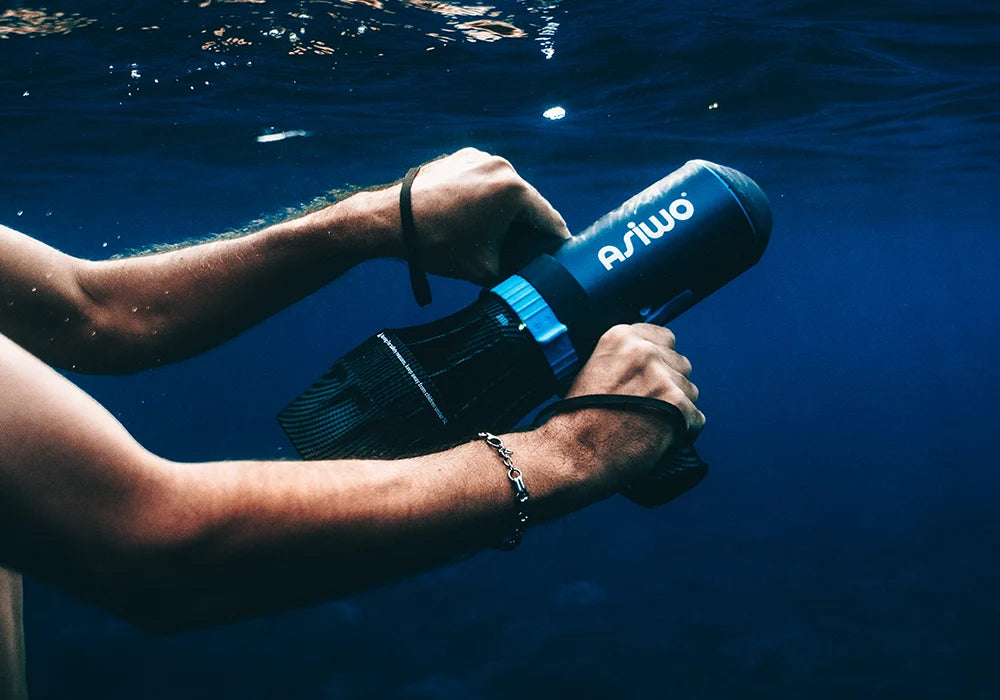




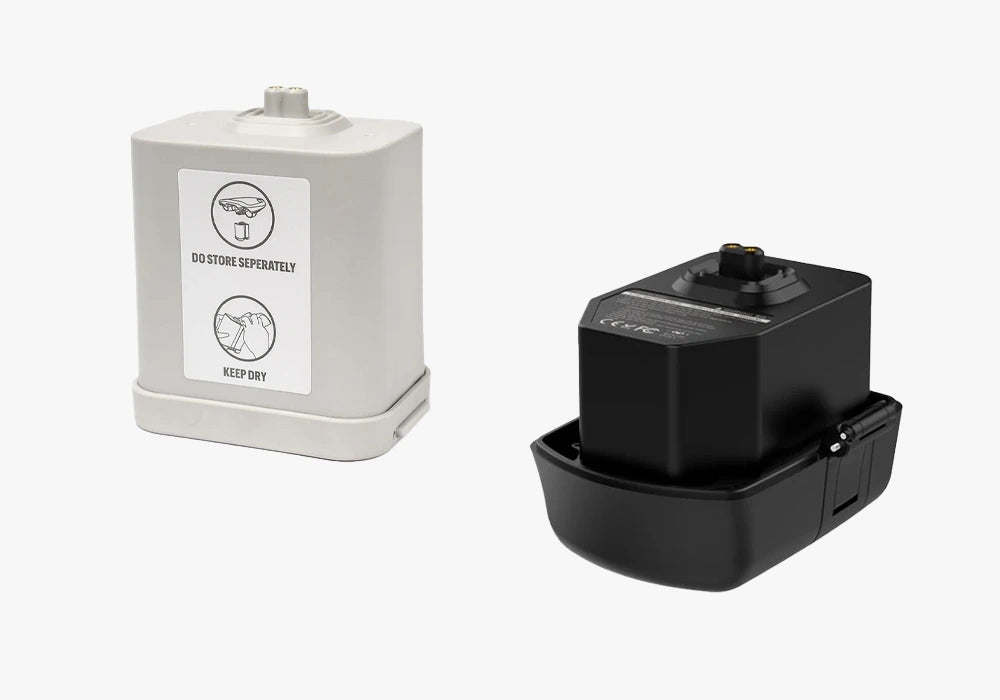




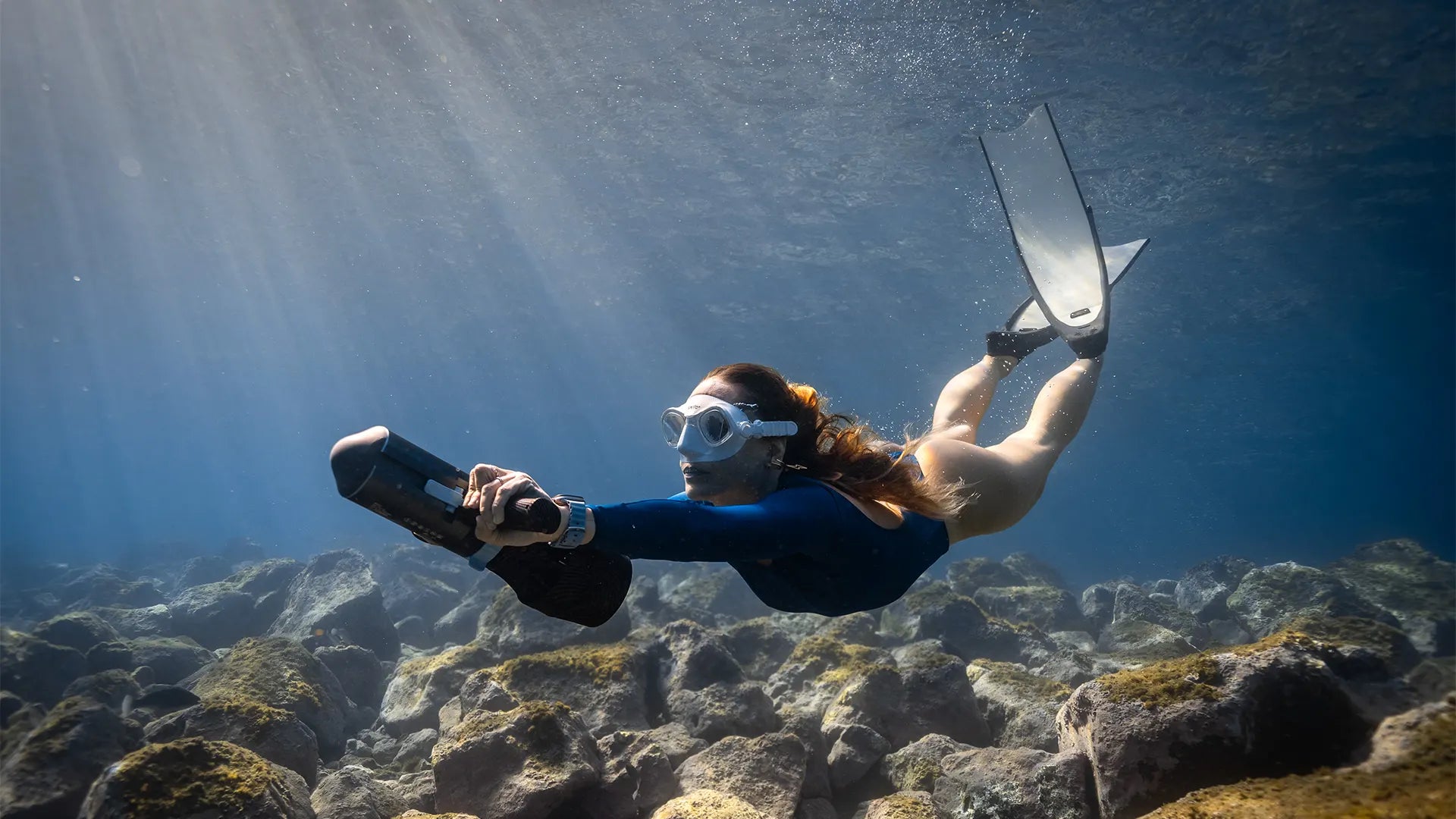
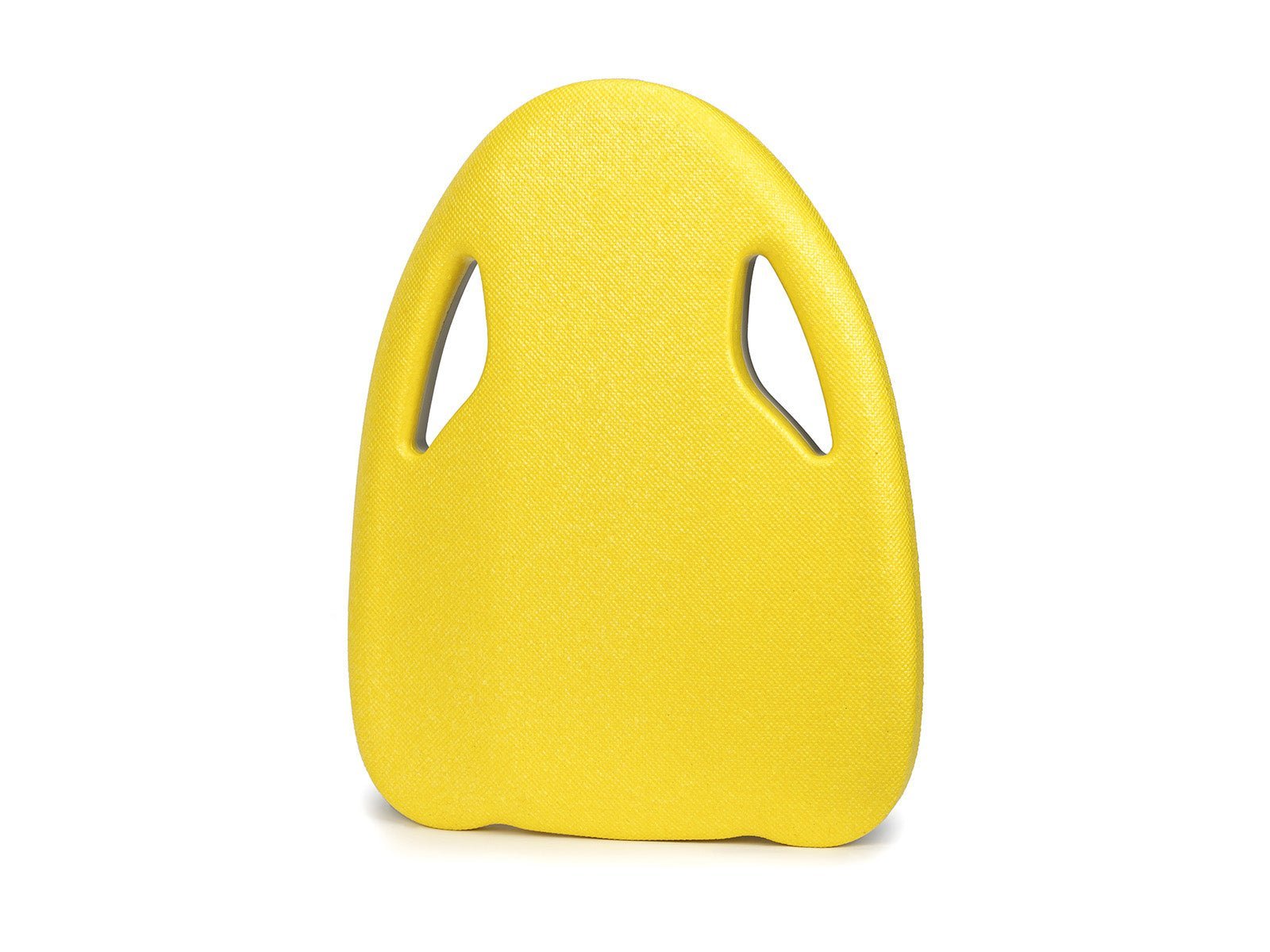
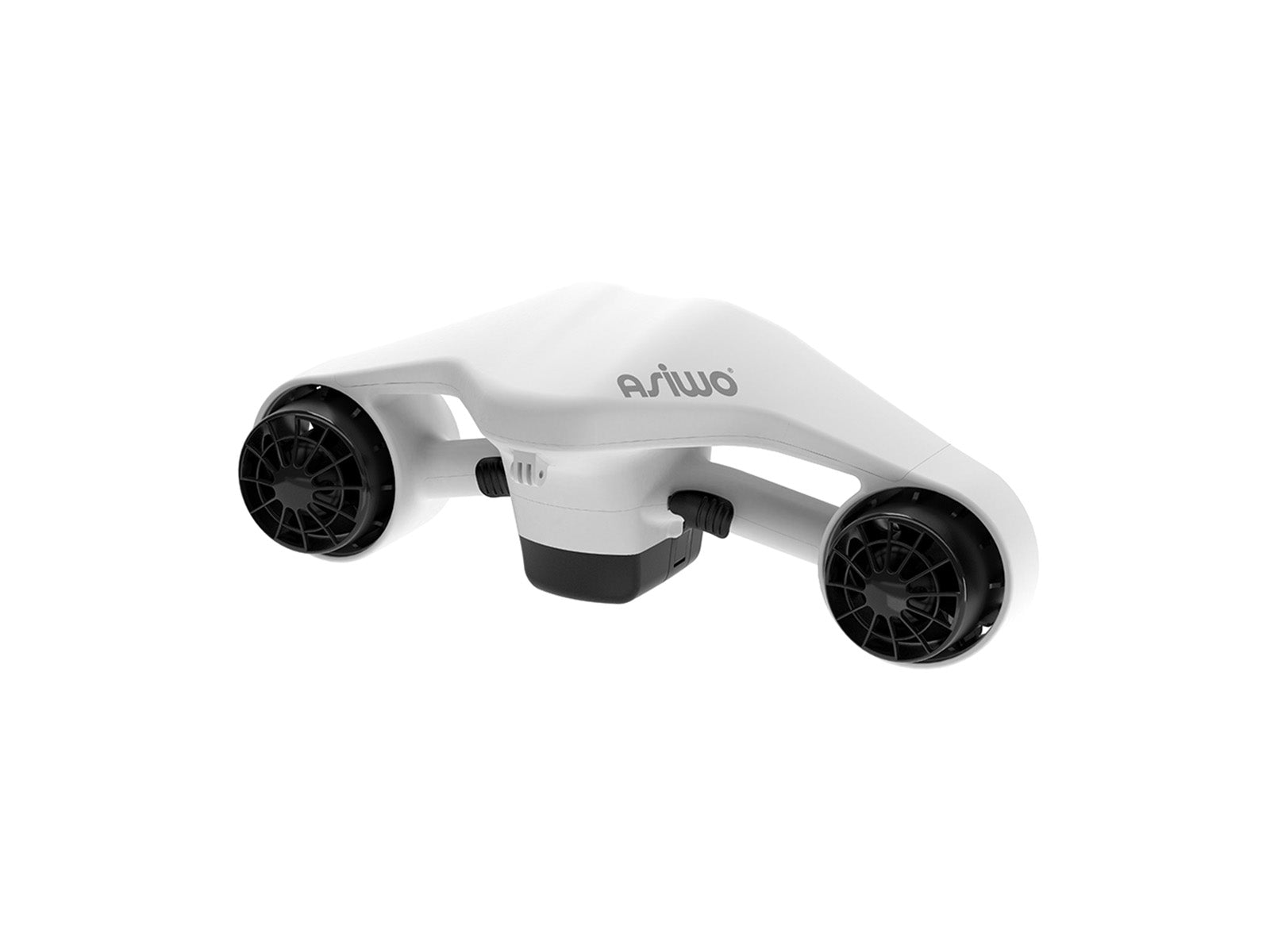
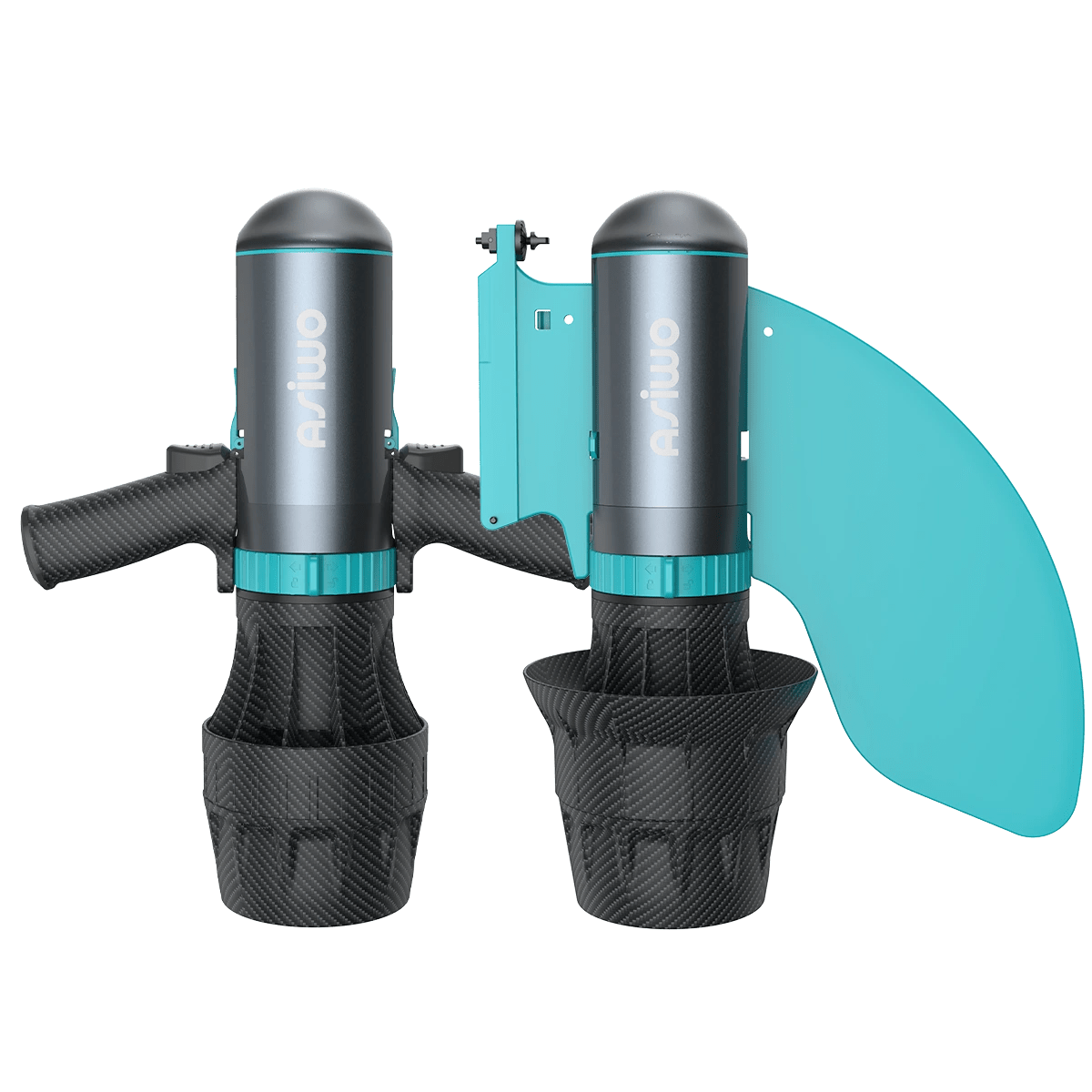




Leave a comment